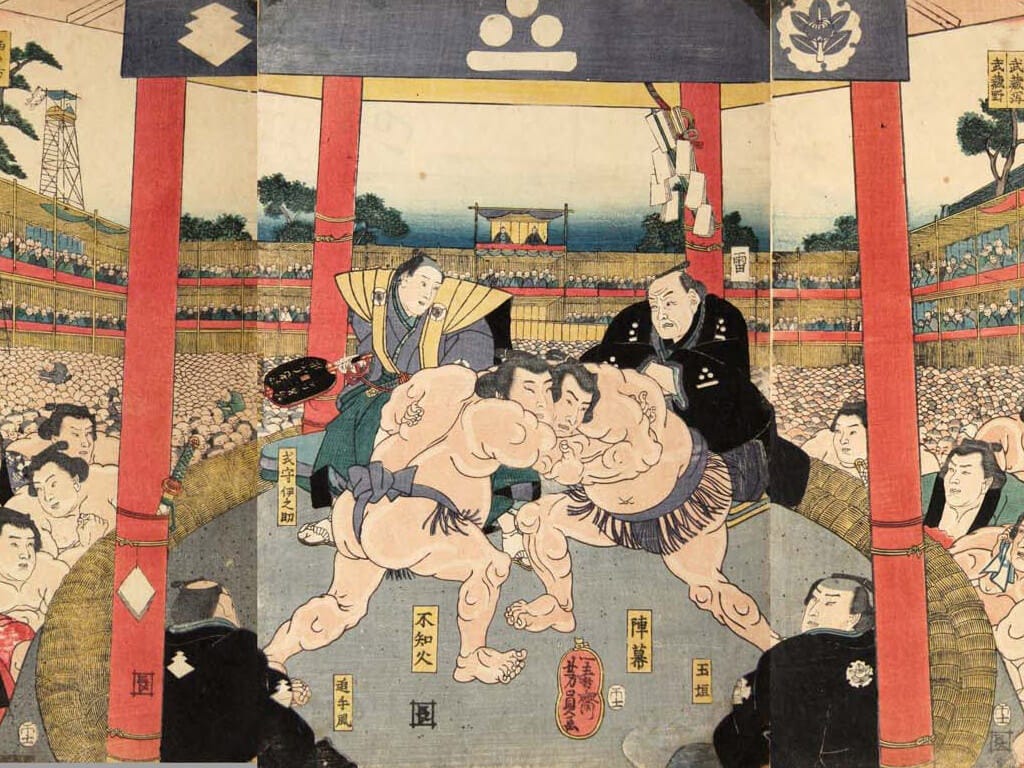
This is Part 5 in a series by econVue contributor Marsha Vande Berg. It focuses on geopol…
Keep reading with a 7-day free trial
Subscribe to econVue to keep reading this post and get 7 days of free access to the full post archives.

This is Part 5 in a series by econVue contributor Marsha Vande Berg. It focuses on geopol…
Subscribe to econVue to keep reading this post and get 7 days of free access to the full post archives.